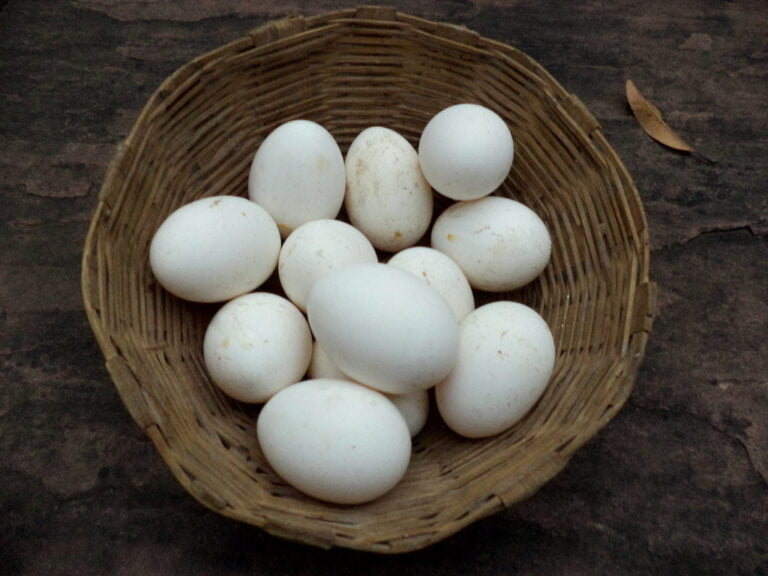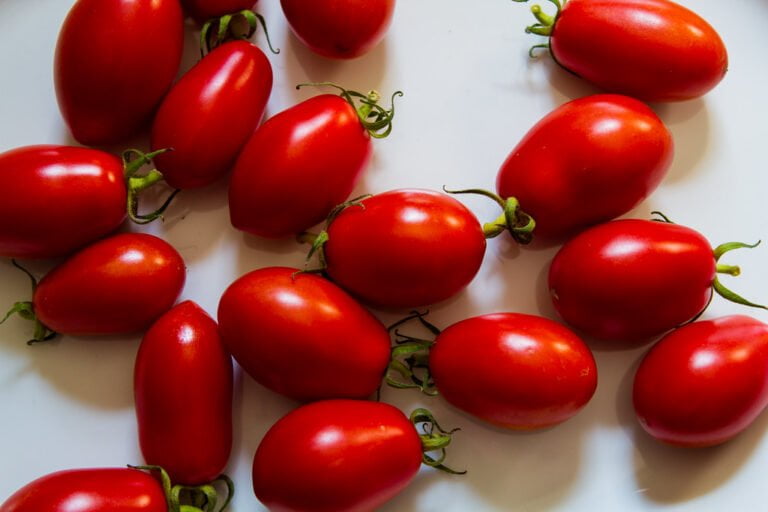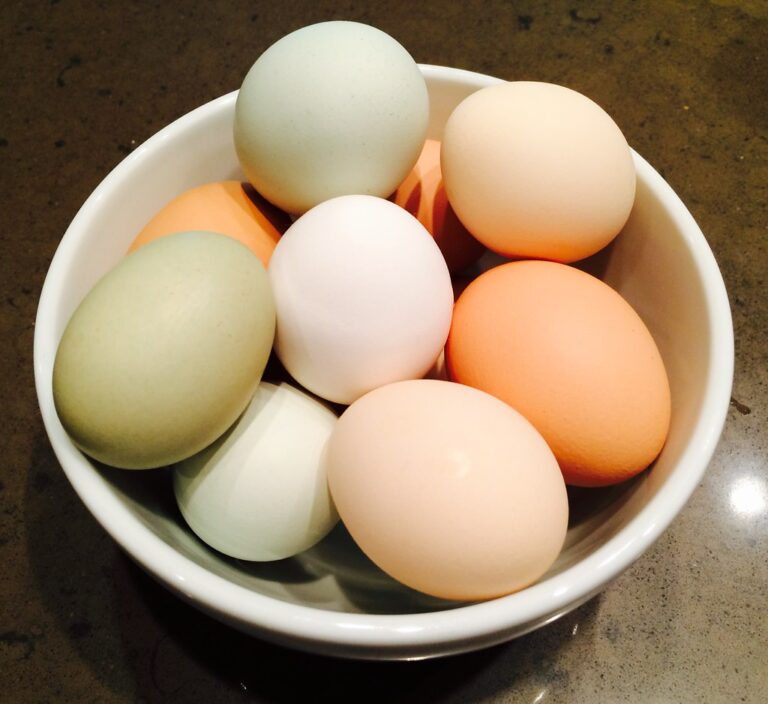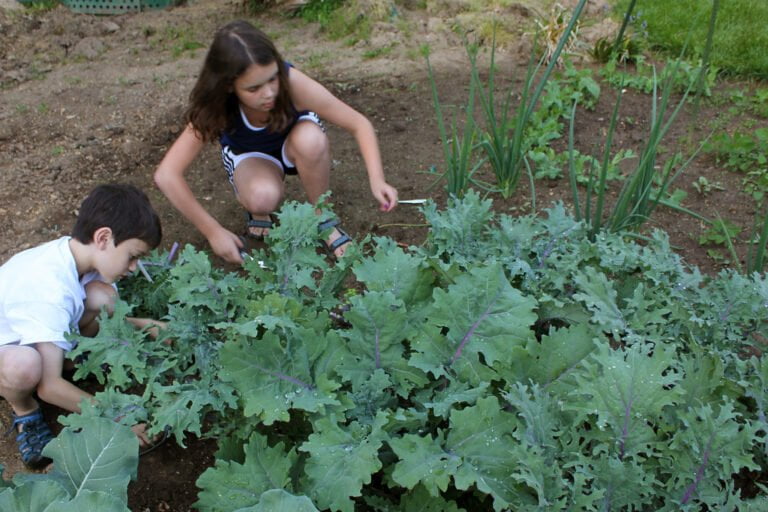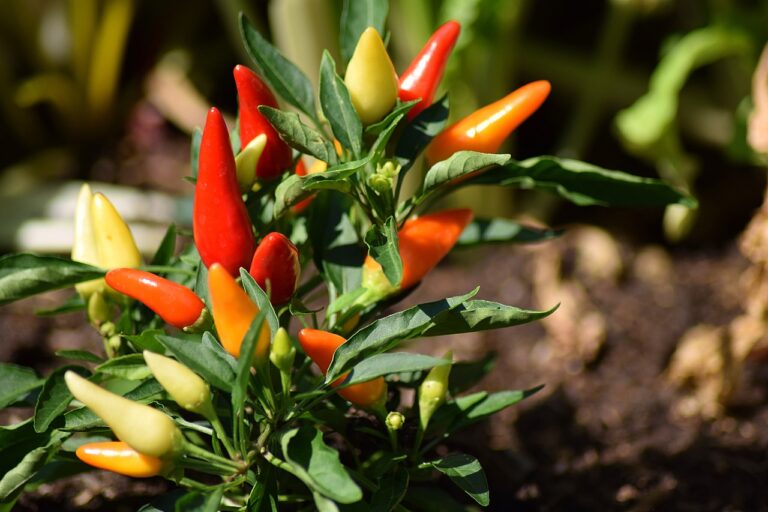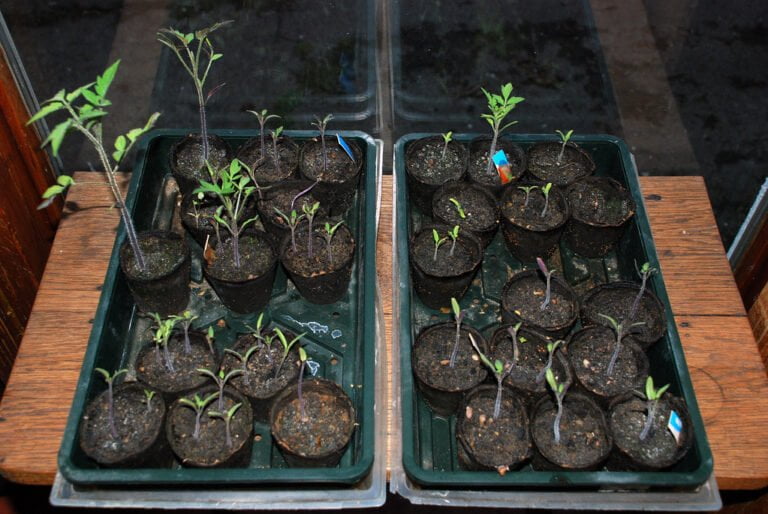Understanding Survivalist Seeds: A Comprehensive Guide
Understanding survivalist seeds is crucial for securing a reliable food source. Heirloom, open-pollinated, and non-GMO seeds are essential. Proper saving, storing, and cultivating techniques are important. Companion planting and strategic layouts improve crop growth. Seed resilience guarantees food security in harsh conditions. Learning these basics sets a strong foundation for self-sufficiency.
Importance of Survivalist Seeds
The importance of survivalist seeds cannot be overstated when considering long-term food sustainability in the face of potential global threats to our food supply. Heirloom seeds, with their rich history and genetic diversity, are a cornerstone of survivalist gardening. These seeds have been handed down through generations, preserving traits that modern hybrid seeds often lack. By planting heirloom seeds, we not only secure our crisis preparedness but also contribute to maintaining a robust gene pool for future generations.
Seed saving is a fundamental aspect of working with survivalist seeds. Open-pollinated varieties allow us to save seeds from one harvest to the next, promoting self-sufficiency and reducing dependence on external seed sources. This practice not only fosters food security but also empowers individuals to take control of their food production.
Emergency seed vaults serve as important repositories for heirloom seeds, safeguarding them against potential disasters. These vaults house a diverse collection of seeds, ensuring that even in times of crisis, genetic resources remain intact. The adaptability of open-pollinated seeds further enriches their value in long-term sustainability efforts, offering resilience and flexibility in changing environmental conditions. Essentially, survivalist seeds are not just about planting for today but about securing our food future in a world of uncertainties.
Types of Survival Seeds
With a multitude of options available, choosing the correct types of survival seeds is essential for ensuring a diverse and resilient garden in times of need. In the realm of survivalist gardening, the following types of seeds are indispensable for long-term survival:
- Heirloom Seeds: Heirloom seeds are prized for their genetic diversity, which allows them to adapt to various conditions and reproduce true to type, making them essential for sustaining a garden over extended periods.
- Open-Pollinated Seeds: These seeds enable natural pollination and seed saving practices, promoting sustainability in survivalist gardening by ensuring the continual availability of viable seeds for future planting.
- Non-GMO Seeds: Non-genetically modified seeds are preferred for their purity and lack of alterations, which are critical for maintaining the integrity of the seed stock and avoiding potential health or environmental risks.
- Emergency Seed Vaults: Storing seeds in emergency seed vaults provides a secure and organized way to preserve a wide variety of seeds, safeguarding genetic diversity and ensuring access to essential crops in case of disasters or emergencies.
Choosing a combination of these seed types based on factors such as seed viability, natural pollination, and the ability to save seeds will contribute significantly to the success and sustainability of a survival garden for the long term.
Saving and Storing Seeds
To guarantee the longevity and viability of your survivalist garden, mastering the art of saving and storing seeds is essential. Saving seeds from heirloom plants is vital for maintaining long-term sustainability in gardening. Properly storing seeds in a cool, dry place can greatly extend their viability, allowing you to rely on them for years to come. It’s important to understand that different seeds have specific storage requirements to preserve their germination rates effectively.
Labeling saved seeds with planting information and dates is a practical habit to make sure organized usage in the future. This simple step can prevent confusion and help you make the most out of your stored seeds. Additionally, familiarizing yourself with seed-saving techniques is key to becoming more self-reliant and resilient in your gardening practices. By learning how to save seeds correctly, you can reduce dependency on external sources and increase your self-sufficiency.
Cultivating Survival Crops
Cultivating survival crops involves strategically selecting nutrient-rich vegetables like peas, corn, and squash to guarantee essential sustenance. To guarantee a successful harvest and maximize the benefits of your survival garden seeds, consider the following key factors:
- Implement Companion Planting: Utilize companion planting techniques to naturally deter pests and boost the growth of your crops. For example, planting marigolds alongside tomatoes can help repel insects and improve tomato yields.
- Plan a Strategic Garden Layout: Take into account water accessibility and sunlight exposure when designing the layout of your survival garden. Proper spacing and orientation can optimize growth and ensure efficient use of resources.
- Practice Crop Rotation: Rotate your crops annually to prevent nutrient depletion in the soil and minimize the risk of diseases. This practice can help maintain soil fertility and overall crop health.
- Include Herbs and Onions: Incorporating herbs and onions into your garden not only adds flavor to your meals but also serves as natural pest repellents. Additionally, these plants can provide nutritional benefits and support the growth of neighboring vegetables.
Ensuring Food Security
Ensuring food security in survival situations necessitates strategic planning and preparation with the cultivation of resilient survivalist seeds. When facing emergencies or survival scenarios, having a reliable source of fresh produce is vital for long-term sustenance. By investing in survivalist seeds, individuals can boost their self-sufficiency and reduce dependence on the global food supply chain. These specially selected seeds are resilient to harsh conditions, ensuring a steady food source even in challenging environments. The cultivation of survivalist seeds not only provides immediate relief during crises but also establishes a sustainable solution for future uncertainties.
In times of need, the ability to grow one’s own food through survivalist seeds offers a sense of security and stability. Saving and storing these seeds can serve as a proactive measure against potential disruptions in the food system. Understanding the importance of food security and the role of survivalist seeds is essential for individuals looking to strengthen their resilience in the face of adversity. By prioritizing the cultivation of resilient crops, one can build a foundation for long-lasting food security and self-reliance in unpredictable circumstances.

